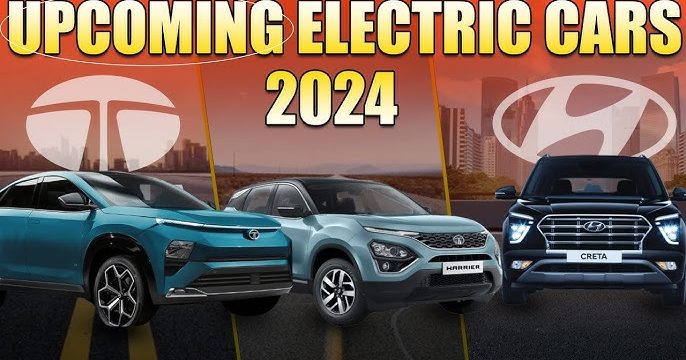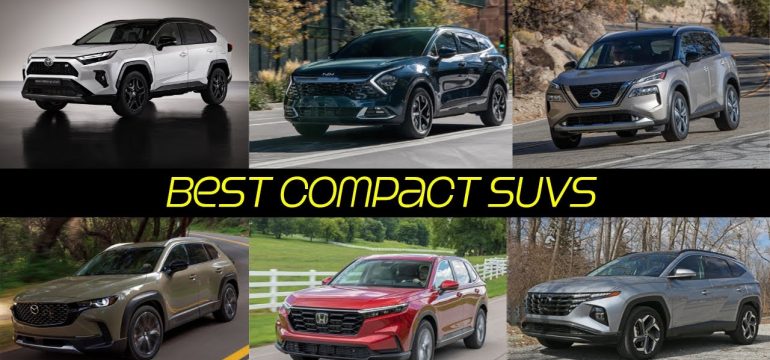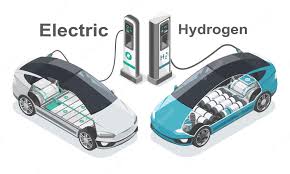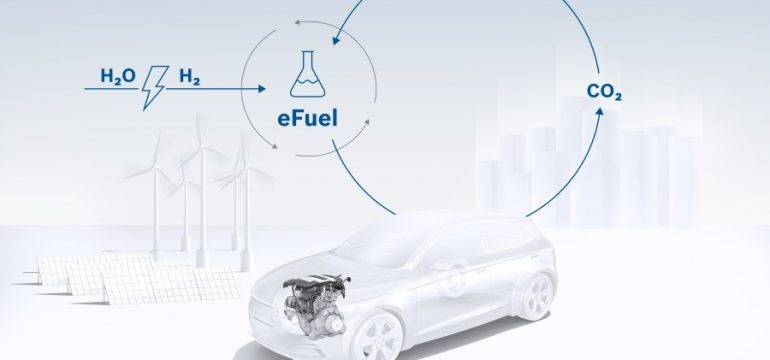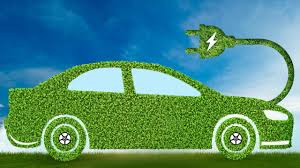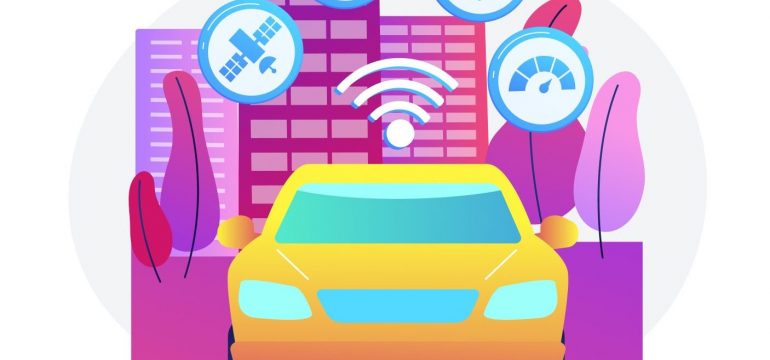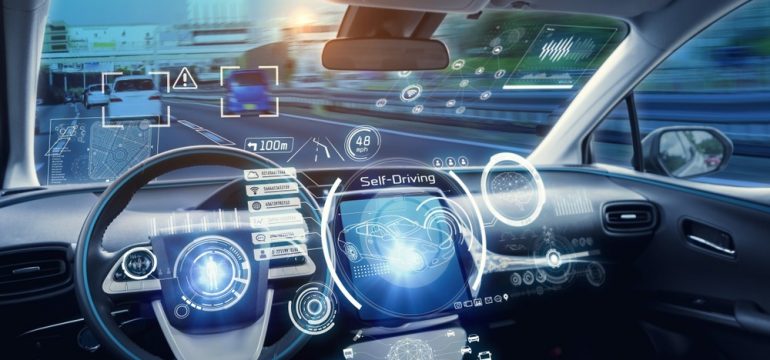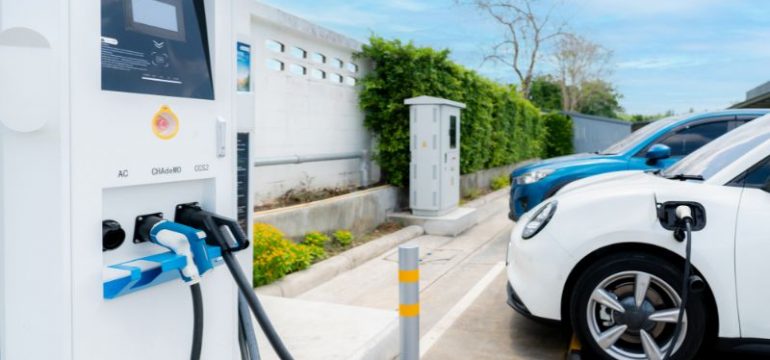The electric vehicle (EV) market is growing rapidly, and 2024 is set to be a landmark year for innovation in the sector. With governments pushing for greener transportation solutions and consumers becoming increasingly conscious of environmental impact, automakers are racing to introduce new electric models that blend cutting-edge technology with style, performance, and practicality. Whether you’re looking for a sleek sedan, an adventurous SUV, or a performance-oriented sports car, 2024 has something exciting for every type of driver.
Here’s a roundup of the top EVs launching in 2024, showcasing their key features, specs, and pricing to help you navigate the rapidly evolving electric car landscape.
1. Tesla Cybertruck
Overview
Tesla’s highly anticipated Cybertruck is finally expected to hit the market in 2024, and it promises to shake up the world of electric trucks with its futuristic design, robust performance, and impressive features.
Key Features & Specs
- Powertrain: Available in single, dual, and tri-motor configurations.
- Range: Up to 500 miles on a full charge (Tri-motor variant).
- Acceleration: 0 to 60 mph in as little as 2.9 seconds (Tri-motor).
- Towing Capacity: Up to 14,000 pounds.
- Interior: Spacious seating for six with an ultra-modern, minimalist interior.
- Design: Unique angular design with durable exoskeleton body and bulletproof stainless steel.
- Technology: Tesla’s Autopilot, enhanced safety features, and a large touchscreen interface.
Pricing
- Estimated starting price: $39,900 for the base model, up to $70,000 for the tri-motor variant.
2. Ford Mustang Mach-E 2024 (Refresh)
Overview
The Ford Mustang Mach-E has been a popular choice in the electric SUV segment since its launch, and the refreshed 2024 version is expected to bring even more power, style, and tech to the table.
Key Features & Specs
- Powertrain: Available in rear-wheel drive (RWD) and all-wheel drive (AWD) configurations.
- Range: Up to 312 miles with the extended battery in the California Route 1 trim.
- Acceleration: 0 to 60 mph in as little as 3.5 seconds (GT Performance Edition).
- Interior: Updated with a larger 15.5-inch touchscreen, premium materials, and spacious cabin.
- Technology: Sync 4A system with over-the-air updates, active safety features like Ford Co-Pilot360, and available BlueCruise hands-free driving technology.
- Design: Sleek and sporty SUV coupe design with a bold Mustang-inspired front.
Pricing
- Estimated starting price: $43,000 for the base model, up to $65,000 for the GT Performance Edition.
3. Chevrolet Equinox EV
Overview
Chevrolet’s Equinox EV is set to bring affordability and practicality to the electric SUV market. This compact SUV will be an ideal option for families looking for a budget-friendly, spacious EV.
Key Features & Specs
- Powertrain: Single-motor FWD configuration with AWD available.
- Range: Estimated range of around 300 miles on a full charge.
- Acceleration: 0 to 60 mph in about 6 seconds.
- Interior: Modern, spacious, with up to five passenger seats and ample cargo space.
- Technology: 11-inch touchscreen, wireless Android Auto and Apple CarPlay, and Chevy Safety Assist package.
- Charging: DC fast charging capability to provide up to 70 miles of range in just 10 minutes.
Pricing
- Estimated starting price: $30,000 to $40,000.
4. Audi Q6 e-tron
Overview
Audi is expanding its e-tron lineup with the introduction of the Q6 e-tron in 2024, a luxury electric SUV designed to compete with other high-end EVs like the Tesla Model X and BMW iX.
Key Features & Specs
- Powertrain: Dual-motor AWD configuration.
- Range: Estimated range of up to 300 miles.
- Acceleration: 0 to 60 mph in less than 5 seconds.
- Interior: High-end materials, spacious cabin with a focus on comfort and advanced technology.
- Technology: MMI touch response system, voice-activated controls, and available level 3 autonomous driving features.
- Design: Modern luxury SUV with clean lines, an illuminated grille, and aerodynamic enhancements.
Pricing
- Estimated starting price: $60,000.
5. Hyundai Ioniq 7
Overview
The Hyundai Ioniq 7 is the automaker’s first foray into the electric three-row SUV segment. Designed with families in mind, it offers futuristic styling and advanced features to compete with electric SUVs like the Tesla Model X and Rivian R1S.
Key Features & Specs
- Powertrain: Dual-motor all-wheel drive.
- Range: Estimated range of around 300 miles.
- Acceleration: 0 to 60 mph in about 5 seconds.
- Interior: Spacious cabin with three-row seating, premium materials, and a tech-heavy dashboard.
- Technology: Advanced driver assistance systems, Hyundai’s Bluelink connected car technology, and over-the-air software updates.
- Design: Bold design with a sleek front fascia, full-length LED light strip, and large wheels.
Pricing
- Estimated starting price: $55,000.
6. BMW i5
Overview
BMW continues to solidify its position in the electric vehicle market with the i5, an electric version of the iconic 5 Series. This luxury sedan is built for performance, comfort, and cutting-edge technology.
Key Features & Specs
- Powertrain: Dual-motor setup, AWD.
- Range: Estimated range of up to 300 miles.
- Acceleration: 0 to 60 mph in about 4 seconds.
- Interior: Premium cabin with leather upholstery, a 12.3-inch digital display, and a curved touchscreen.
- Technology: BMW iDrive 8 system, driver assistance features including lane-keeping assist, adaptive cruise control, and park assist.
- Charging: Ultra-fast charging that can provide up to 100 miles of range in 10 minutes.
Pricing
- Estimated starting price: $65,000.
7. Rivian R2
Overview
Rivian’s new R2 series is expected to offer a more affordable alternative to the R1T and R1S, targeting the compact SUV market with an electric vehicle that maintains the brand’s adventurous spirit.
Key Features & Specs
- Powertrain: Dual-motor AWD.
- Range: Estimated range of around 270 miles.
- Acceleration: 0 to 60 mph in under 4.5 seconds.
- Interior: Modern design with seating for five and advanced touchscreens.
- Technology: Rivian’s innovative software, driver-assist systems, and rugged off-road capabilities.
Pricing
- Estimated starting price: $45,000.
Conclusion
2024 is shaping up to be a revolutionary year for electric vehicles, with a broad range of new models offering something for every driver. From the futuristic Tesla Cybertruck to the luxury BMW i5, and the practical Chevrolet Equinox EV, consumers will have access to a diverse selection of EVs that cater to performance, range, technology, and affordability.
As automakers continue to innovate and introduce more options, the adoption of electric vehicles is likely to accelerate, making 2024 a significant milestone in the transition to a greener, more sustainable future.
0
